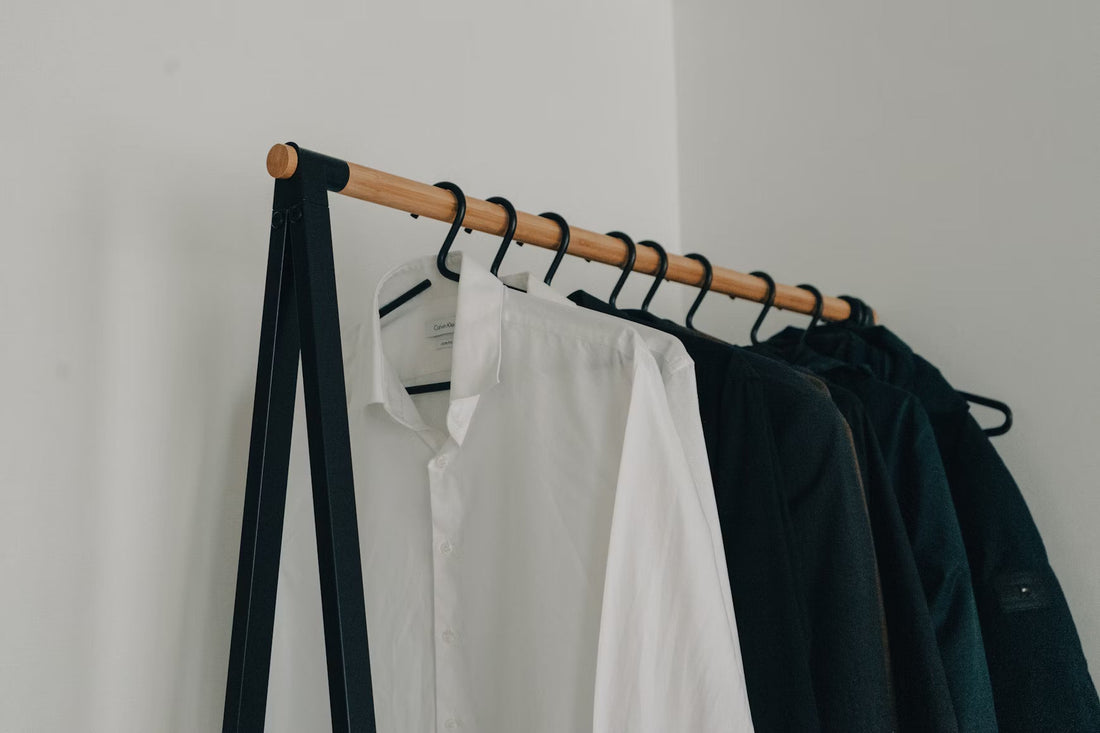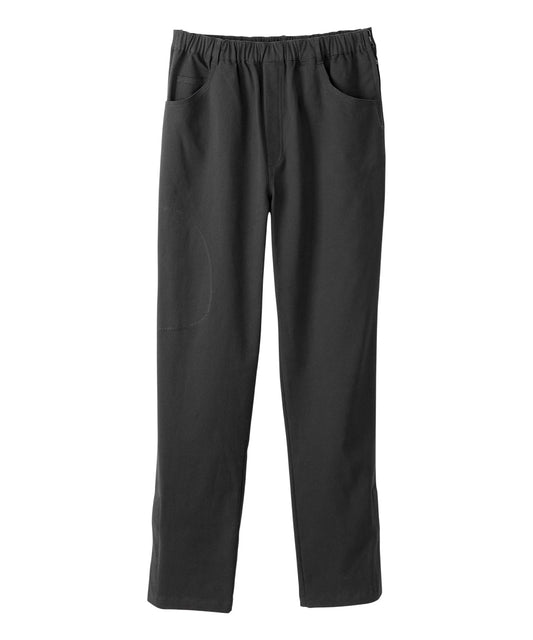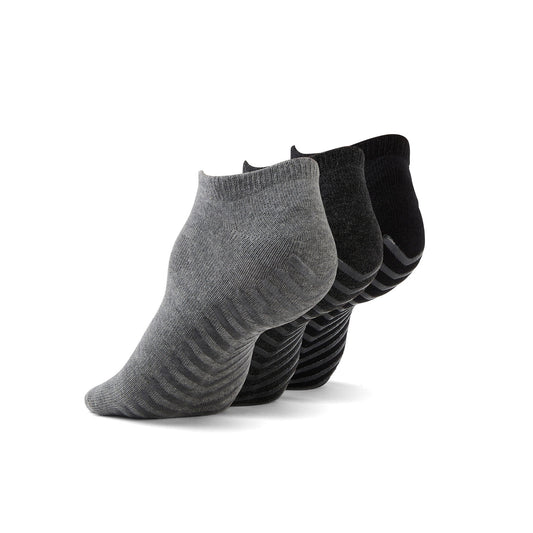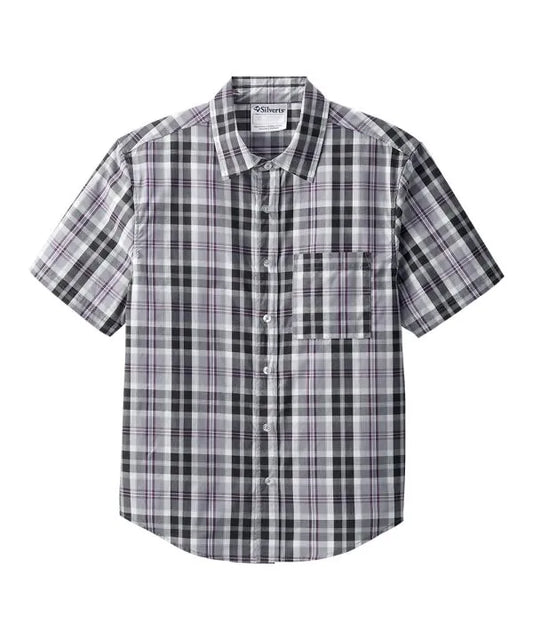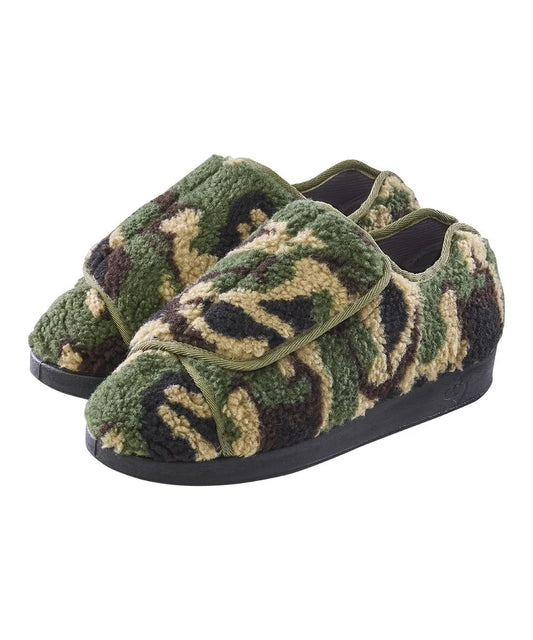Written by: Tara Chen
Image by L S
Dressing becomes one of those routine tasks that you suddenly have to overthink when you're recovering from a shoulder injury or surgery. Raise your arms? Twisting? Buttons behind your back? Forget it. This is where open-back shirts can really help. They can be surprisingly fashionable, as well as useful in your recovery journey.
I'll explain everything you need to know below, including when these shirts are most useful, what styles to look for, how to layer them comfortably, which fabrics are the softest on your skin, and where to find ones that genuinely look like real clothing. Because while you're healing, you deserve to feel human and put together.
When are Open-Back Shirts Most Useful?
Getting dressed can occasionally feel like an unwelcome challenge. Open-back shirts can be very helpful whether you're recovering from surgery, managing chronic pain, or depending on a caregiver. When mobility is restricted, they provide comfort, accessibility, and a great deal less stress. Here are some crucial situations in which they are useful.
1. During shoulder surgery recovery
After an injury and surgery, likely, your mobility is severely restricted due to a clavicle fracture, frozen shoulder treatment, or rotator cuff repair. It becomes almost impossible to pull shirts over your head. Fortunately, open-back shirts make it easy and painless to put on clothing.
2. In physical therapy and hospital settings
Open-back shirts allow nurses or therapists to more easily access your upper body without having to completely undress. That means much less awkwardness and faster appointments.
3. When motion is limited by pain or stiffness
Individuals with chronic pain, arthritis, or nerve conditions can benefit from clothing that do not require acrobatics or flexibility, even if they aren't recovering from surgery. This is because it improves ease of dressing and confidence.
4. When receiving help from a caregiver
Open-back shirts make it easier for the person helping you to dress you and less stressful for both parties. Because there is less tugging and twisting, there is a lower chance of unintentionally hurting yourself while doing something as basic as changing clothes.
Different Styles of Back-Opening Designs
There is no one-size-fits-all design for open-back shirts. You should be aware of the following design options based on your range of motion, comfort level, and aesthetic preferences:
1. Overlapping back panels
Usually fastened with Velcro or snaps, these panels give the appearance of a standard shirt from the front but have an open split in the back. You wouldn't believe that these are adaptive clothing, so they're ideal if you're looking for something understated and discreet. For example, June Adaptive offers a Women’s Active Top with Back Overlap, which features a fully open back for easy slip-on and snap closures at the shoulders. The generous back overlap also makes this open-back shirt discreet and conceals the fact that it is an adaptive shirt.

2. Full open backs with closures at the neck and waist
The most assistance-friendly design is provided by full-open backs with neck and waist closures, particularly for people who are dressed by a caregiver. Although they are frequently used in hospital settings, they are now also used in more fashionable pieces.
3. Magnetic closures
If you've ever struggled with hooks or buttons, this is a favourite. If you're one-handed for a while during recovery, magnets make it easier to quickly align the back panels without reaching or stretching.
4. Side-zip and hybrid styles
Some shirts have side-access zippers in addition to a back opening. These are ingenious because they maintain the open-back functionality while allowing you to adjust for braces, casts, or swelling.
Convenience doesn't have to come at the expense of style. I've seen open-back shirts with clean lines, contemporary cuts, and just the right amount of fabric movement that give them the appearance of expensive minimalist clothing. For those of us who want to feel more like human beings after surgery rather than just walking medical charts, this is especially important.
How to Layer Open-Back Shirts Modestly
"Won’t people see my back?" is a common worry that I have heard. It's a reasonable question, to be honest. However, if you know how to work with the design, layering open-back shirts can be modest, cozy, and even fashionable.
1. Lightweight undershirts
You can feel much more secure with a basic bralette or tank top underneath. Choose materials like bamboo or modal that won't irritate delicate stitches or post-operative skin.
2. Cardigans and wraps
If you need an additional layer indoors or are heading out, soft wraps or open cardigans are perfect. They allow for effortless on-and-off access while maintaining a polished appearance.
3. Tunics over leggings
A longer open-back tunic combined with soft leggings produces a balanced, modest silhouette without making you feel like you're wearing pyjamas if you spend more time sitting or relaxing.
4. Nursing camisoles
Don’t be afraid to use maternity wear. Nursing camisoles, which are frequently made of elastic, forgiving materials, were literally designed to be accessible from the front or back. They make an excellent covert layering tool.
Best Fabrics for Post-Surgical Comfort
The feel is the main focus of this section. Because, let's face it, your skin may become more sensitive while you're recovering. Anything tight, stiff, or scratchy is out of the question due to bandages, stitches, or even the general weariness of healing.
1. Modal and bamboo
These are my top picks for softness. Bamboo is naturally antimicrobial, which is a huge plus if you're concerned about infection, and modal drapes nicely without clinging too much.
2. Cotton blends
Not all cottons are created equal. While blended cotton (such as cotton-modal or cotton-spandex) adds flexibility and stretch, 100% cotton is still breathable, making dressing easier. Fabrics that move with you rather than against you are what you want. For instance, June Adaptive offers a Men’s Short Sleeve Open Back Dress Shirt made of 100% cotton. This allows for breathable fabric, and features snap closures at the shoulders and an open back for easy dressing.

3. Jersey knit
Jersey fabric is like that comfortable t-shirt you never want to take off because it's lightweight, elastic, and long-lasting. Additionally, it requires little upkeep, which is important when doing laundry is already difficult.
4. Fleece or brushed cotton in the colder months
Winter does not stop recovery. In addition to being incredibly soft on skin that may already be raw or irritated, fleece-lined adaptive shirts can be fantastic for the winter months. For example, the Women’s Fleece Cardigan with Back Overlap from Silverts offers warmth in the colder months, snap closures at the shoulders, and a discrete back overlap.

Several types of fabrics are excellent to choose for optimal post-surgical comfort. However, you should keep in mind the types of fabrics to avoid. For instance, stiff polyester and other excessively synthetic materials should be avoided unless they are well blended with softer materials. Breathable fabrics are your best friend if you're prone to sweating or hot flashes, which can happen after anesthesia for some people.
Where to Find Fashionable Open-Back Tops
If you’ve researched open-back tops that are fashionable and practical, you've undoubtedly encountered the wall of boxy, medical-looking clothing that makes you feel as though you've stepped back into a hospital gown. Fortunately, though, that is beginning to change.
Here are a few genuinely fashionable stores where you can buy open-back tops:
This website is for real people, not just patients, who wish to feel comfortable, fashionable, and confident are the target audience for their creations. The designs are simple, contemporary, and available in a variety of colours that go well with regular clothing.
2. Etsy
Although it's hit or miss, some amazing small-batch designers are producing personalized adaptive apparel on Etsy. Excellent if you're looking for something special or bespoke in size.
3. Modify your existing clothes
Remember the do-it-yourself option. On the backs of their favourite tops, some people sew magnetic strips or Velcro. It's a terrific way to extend the life of your existing possessions if you're handy or have a helpful friend.
Finding clothing that suits your tastes, lifestyle, and recuperation requirements is what counts most. Because it takes more than just physical healing to feel like yourself again after surgery. It's sentimental and psychological. And yes, it begins with your attire.
Conclusion
It's not easy to manage a chronic shoulder injury or recover from shoulder surgery. You're putting in the effort by attending appointments, completing those tiresome rehabilitation exercises, and enduring the pain. You should wear clothing that will help you get through it.
These days, open-back shirts are more than just a "nice-to-have." They are a useful, empowering, and surprisingly fashionable way to deal with one of the most prevalent recovery problems: dressing.
Take the time to choose items that feel as good as they look, whether you're buying for a loved one or yourself. Allow your clothing to aid in the healing process that is taking place within your body.
To discover more adaptive fashion ideas and accessible solutions, sign up for the June Adaptive newsletter. You’ll get firsthand updates on the newest products and recovery-friendly styles

